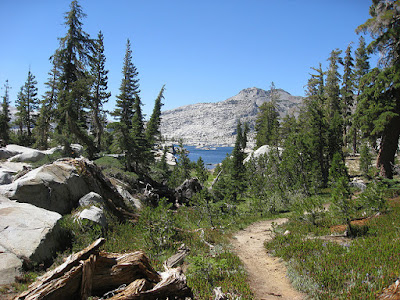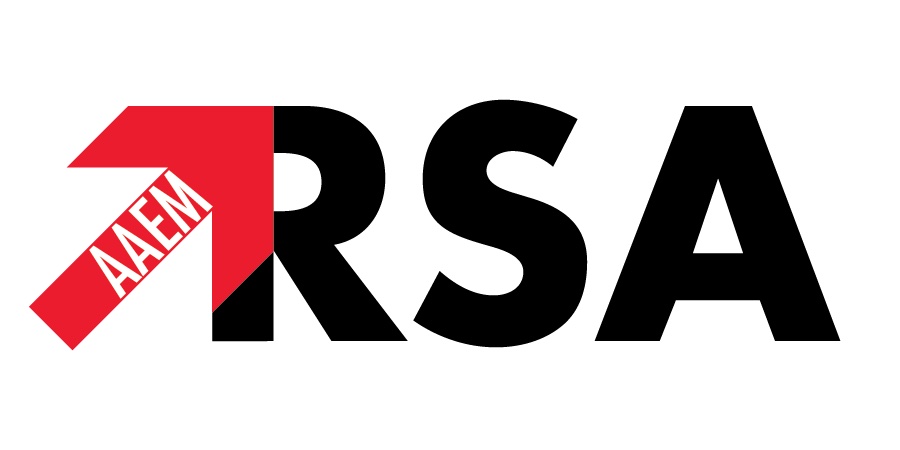 |
| Image Credit: Flickr |
 |
| This post was peer reviewed. Click to learn more. |
Author: Josh Symes, MD
EM PGY-1
University of Mississippi Medical Center
Wilderness Medicine affords the opportunity to combine passion for the outdoors with passion for medicine. Many people pursue wilderness medicine to be better equipped to use their medical training and expertise in medical situations they may encounter outside the hospital such as fishing, backpacking, mountain biking, etc. Others apply the training in lower resource settings on medical service trips abroad. Some make it a significant part of their career in medicine. It also provides an excellent teaching platform (ex. making the physiology of altitude more interesting). WM can provide opportunities for team building exercise through scenario-based training in medical school or residency. Some medical schools and residency programs have wilderness medicine built into the curriculum, but many do not. This blog entry aims to provide a primer of ways to explore an interest in wilderness medicine.
Opportunities
The Wilderness Medicine Society (WMS) webpage offers free access to their online magazine and those interested can subscribe to the Wilderness & Environmental Medicine journal or other resources on their site.
Medical Wilderness Adventure Racing (MedWAR) offers a way to learn and test wilderness medical skills in a team-based competitive setting. Teams can be composed of physicians, emergency medicine technicians, nurses, students or other healthcare staff. Races are held at various locations in the country throughout the year. There are also opportunities to volunteer at these events.
Some medical schools have active Wilderness Medicine Interest groups, but consider starting one if your school does not currently have one. For MS4s, many medical schools offer electives in wilderness medicine and some of these electives are open to visiting students on VSAS. If your school allows you to design your own elective, consider designing one in wilderness medicine.
Modern Resident also has various articles on wilderness medicine topics pertaining to emergency medicine. AAEM also offers a Wilderness Medicine Interest Group. Learn more.
Other options include teaching wilderness first aid courses, getting involved in WM research, electives during residency training, volunteering at mountain bike races or ultramarathons, or being the medical professional for whitewater rafting or mountaineering expeditions.
Certifications
Advanced Wilderness Life Support (AWLS) certifications are offered by completion of a weekend course or by a 1-2 week course involving hiking, fly-fishing, or other wilderness activities. AWLS certifications are valid for 4-years.
The WMS and its partners offer a Diploma in Mountain Medicine (DiMM) as well as a Diploma in Dive and Marine Medicine (DDMM). Multiple classes are also offered by the National Outdoor Leadership School (NOLS).
Fellowship
There are two routes to obtain a fellowship in WM. One route is comparable to other fellowships, where after residency you match into a 1-year fellowship program. Currently about fifteen institutions offer a fellowship in wilderness medicine. The other route is through the Wilderness Medicine Society and involves logging WM activities (conferences, courses, clinical time, and/or research) and meeting various criteria. This second route can be done concurrently with residency or as an attending and does not require time set aside to be a fellow.
Wilderness Medicine remains a rapidly evolving and increasingly popular field with countless opportunities for medical students and physicians at all stages of training. For more information, feel free to visit the links below:
